Despite an ongoing bird flu outbreak in dairy cows, the demand for raw milk has continued to rise. Advocates claim that raw milk offers superior health benefits compared to pasteurized milk.
However, there is little evidence to support these claims, and the risk of serious illness is significantly higher with raw milk.
Farmworkers Infected
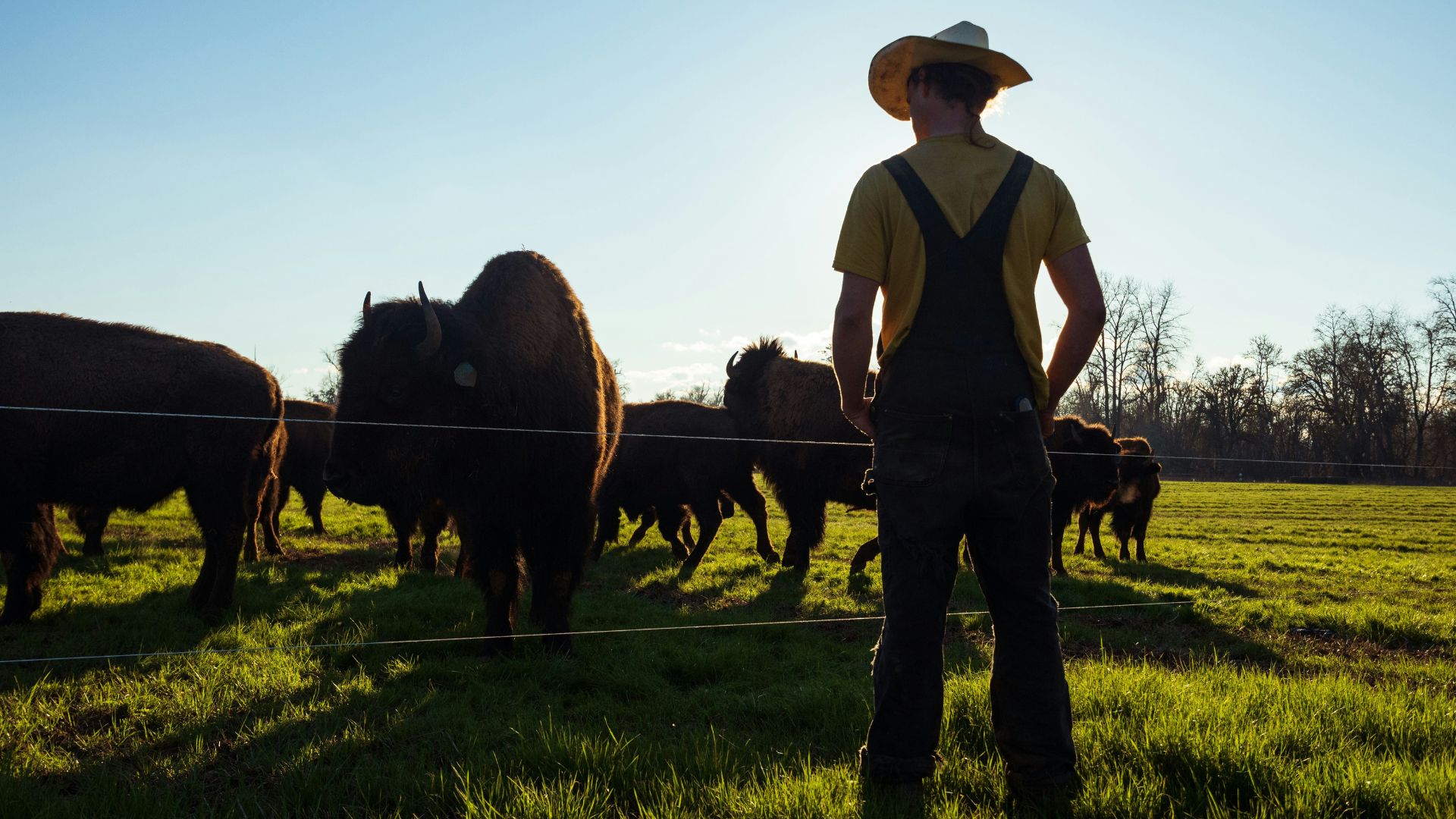
Mississippi State University food scientists Juan Silva and Joel Komakech, along with nutritionist Mandy Conrad, explain the differences between pasteurized and raw milk, addressing common misconceptions about the health risks and supposed benefits of consuming unpasteurized milk.
These questions are increasingly important as cattle can shed viral material into their milk. Pathogens can end up in the milk, and at least three farmworkers reportedly contracted H5N1, the virus causing avian influenza, in 2024. Farmworkers can get sick by handling infected animals or their byproducts, such as raw milk.
Pasteurization Process
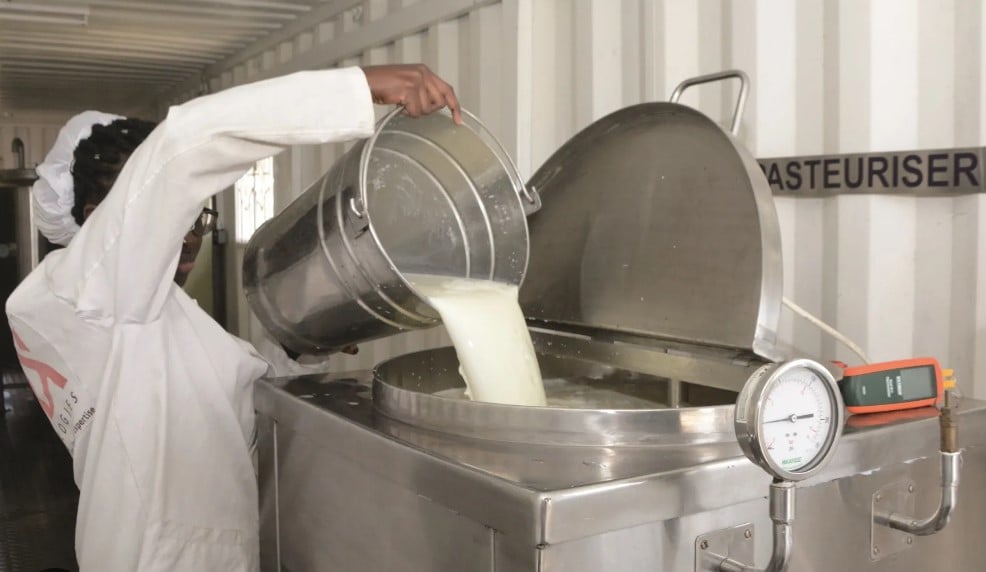
Pasteurization involves heating beverages and foods at high temperatures – over 145 degrees Fahrenheit (62.78 degrees Celsius) – to kill harmful microorganisms, including bacteria, viruses, and parasites.
This process reduces the total number of microorganisms in the product and inactivates enzymes that could lead to spoilage. The taste, nutritional value, and quality of pasteurized products are not significantly affected by the process.
Minor Protein Denaturation
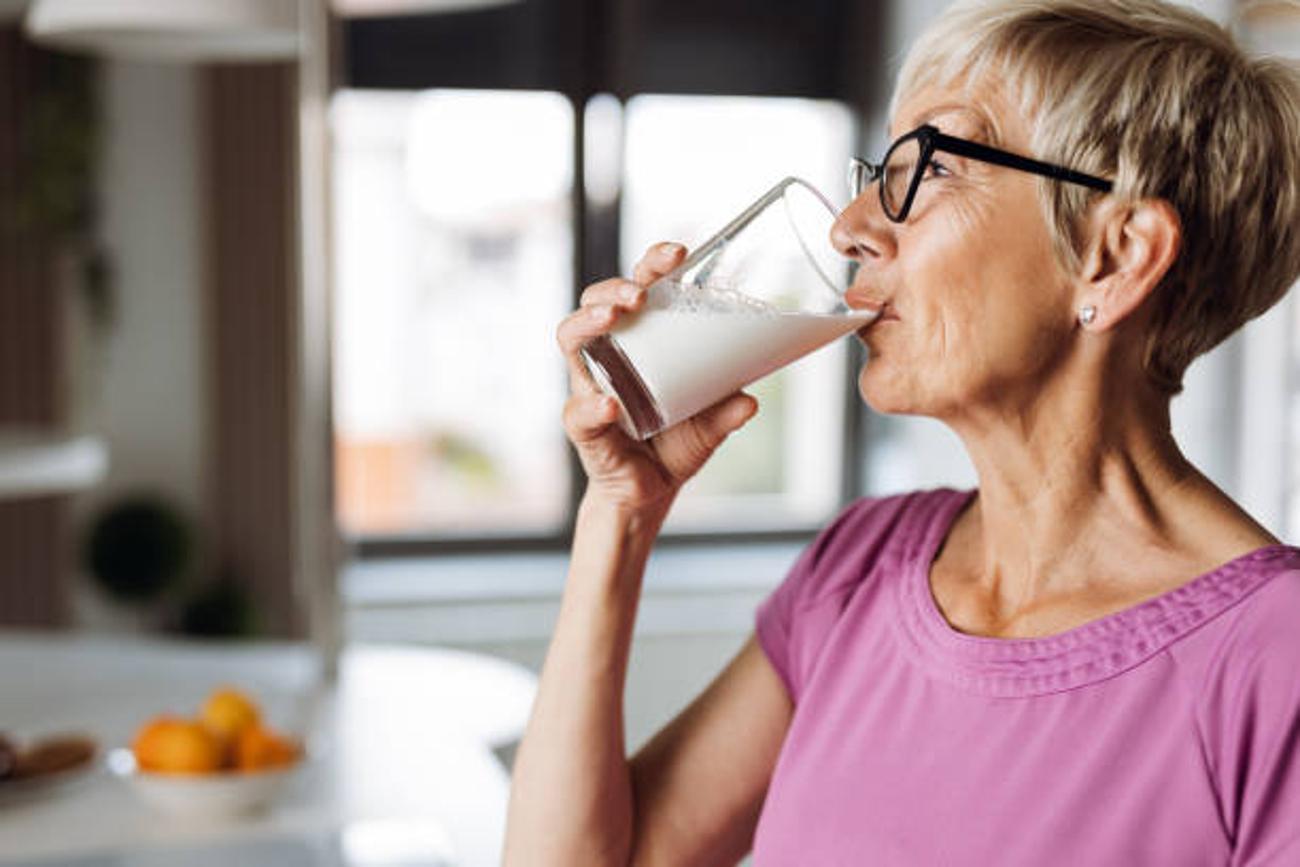
While pasteurization can lead to some nutrient losses, these changes are minimal and are outweighed by the benefits. Pasteurization typically causes minor protein denaturation and has little effect on fats and carbohydrates. Water-soluble vitamins such as vitamin C and some B vitamins, which are usually not abundant in milk except for vitamin B2, can be partially degraded during pasteurization.
However, fat-soluble vitamins (A, D, E, and K), which are found in significant amounts in milk, are more heat stable and suffer minimal loss. Thus, the nutritional losses in milk due to pasteurization are generally small compared to the significant benefits of reducing foodborne illnesses and spoilage.
Benefits Outweighed by Risks
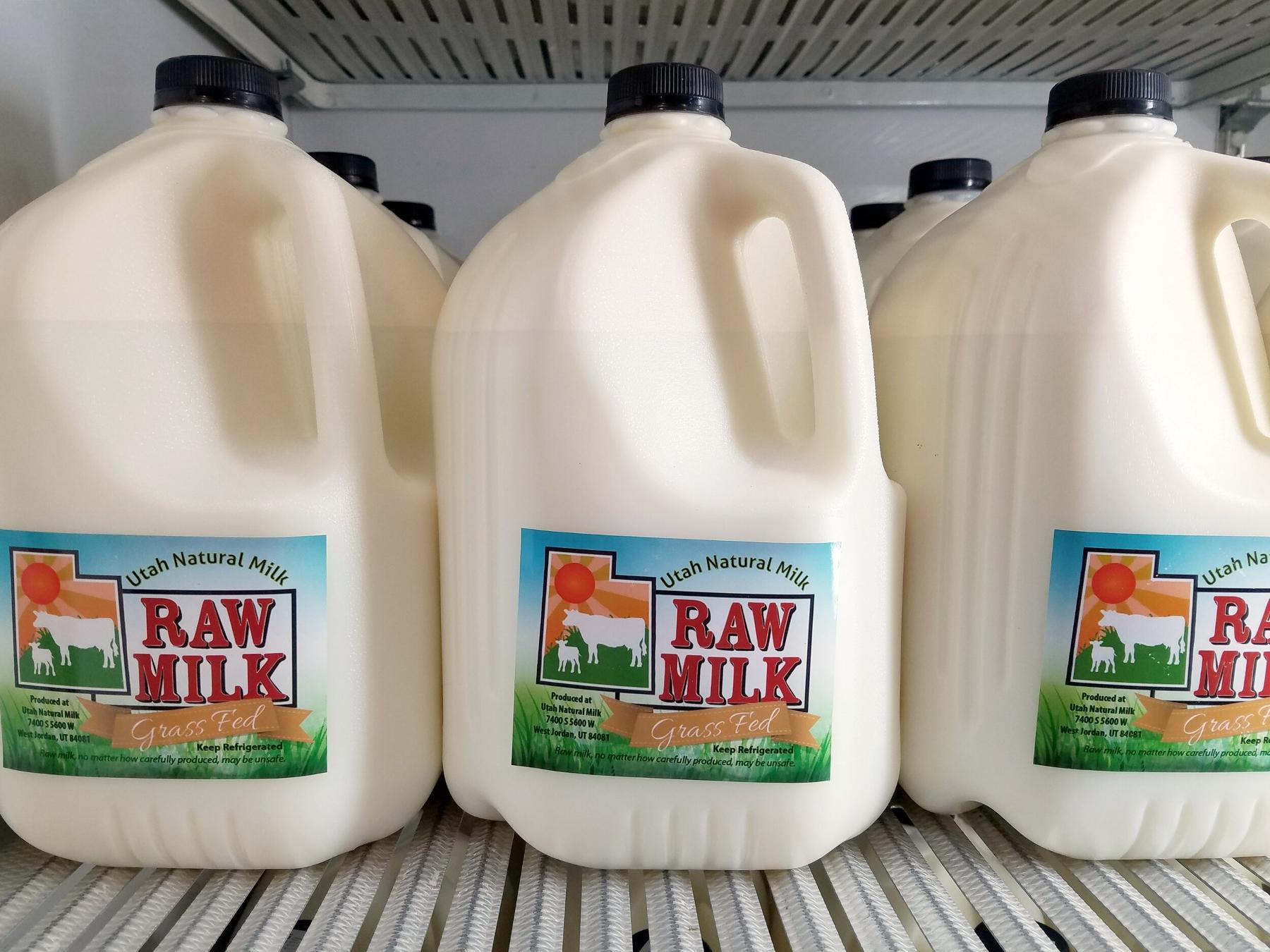
Studies comparing raw milk with pasteurized milk have found little evidence that raw milk is superior. The perceived benefits of raw milk are outweighed by its health risks. First, raw milk does not improve lactose intolerance. It also does not contain more vitamins than pasteurized milk.
Milk is not a good source of vitamin C or other heat-sensitive vitamins, and pasteurization does little to reduce vitamin B2 (riboflavin), which is not sensitive to heat. Moreover, vitamin D is added to pasteurized milk to enhance calcium absorption.
Lacking Probiotics

Some people believe that probiotics – foods or supplements containing live beneficial bacteria – are more prevalent in unpasteurized milk and products made from raw milk. However, raw milk generally lacks probiotics and contains significantly more harmful bacteria.
Probiotics are added to many dairy foods such as yogurt after pasteurization. Furthermore, a 2011 review of the research on raw milk’s health benefits found that many studies were poorly conducted, so their results should be interpreted with caution.
Foodborne Disease Outbreaks

The health risks of consuming raw, unpasteurized milk come from harmful microorganisms that may be present. Raw milk has been associated with hundreds of foodborne disease outbreaks. Between 1998 and 2018, there were 202 outbreaks resulting in 2,645 illnesses and 228 hospitalizations.
More recently, from 2022 to 2023, there were 18 outbreaks and recalls associated with raw milk. In 2024, there have already been multiple outbreaks and recalls due to pathogens in raw milk causing human illnesses. Some illnesses from these pathogens can have serious long-term effects, including paralysis, kidney failure, and death.
Researchers’ Findings

Researchers found that areas where raw milk was legally sold in the U.S. from 1998 to 2018 had over three times more outbreaks than areas where selling raw milk was illegal.
Areas where raw milk was allowed to be sold in retail stores had nearly four times more outbreaks than areas where sales were allowed only on farms.
Unpasteurized Milk Products

Many dairy products made from unpasteurized milk are unsafe to eat as they can retain harmful pathogens.
Only products that undergo processes to kill harmful microorganisms might be safe enough to be made from unpasteurized milk. However, the risk of cross-contamination and pathogen survival is high.
U.S. Government’s Orders
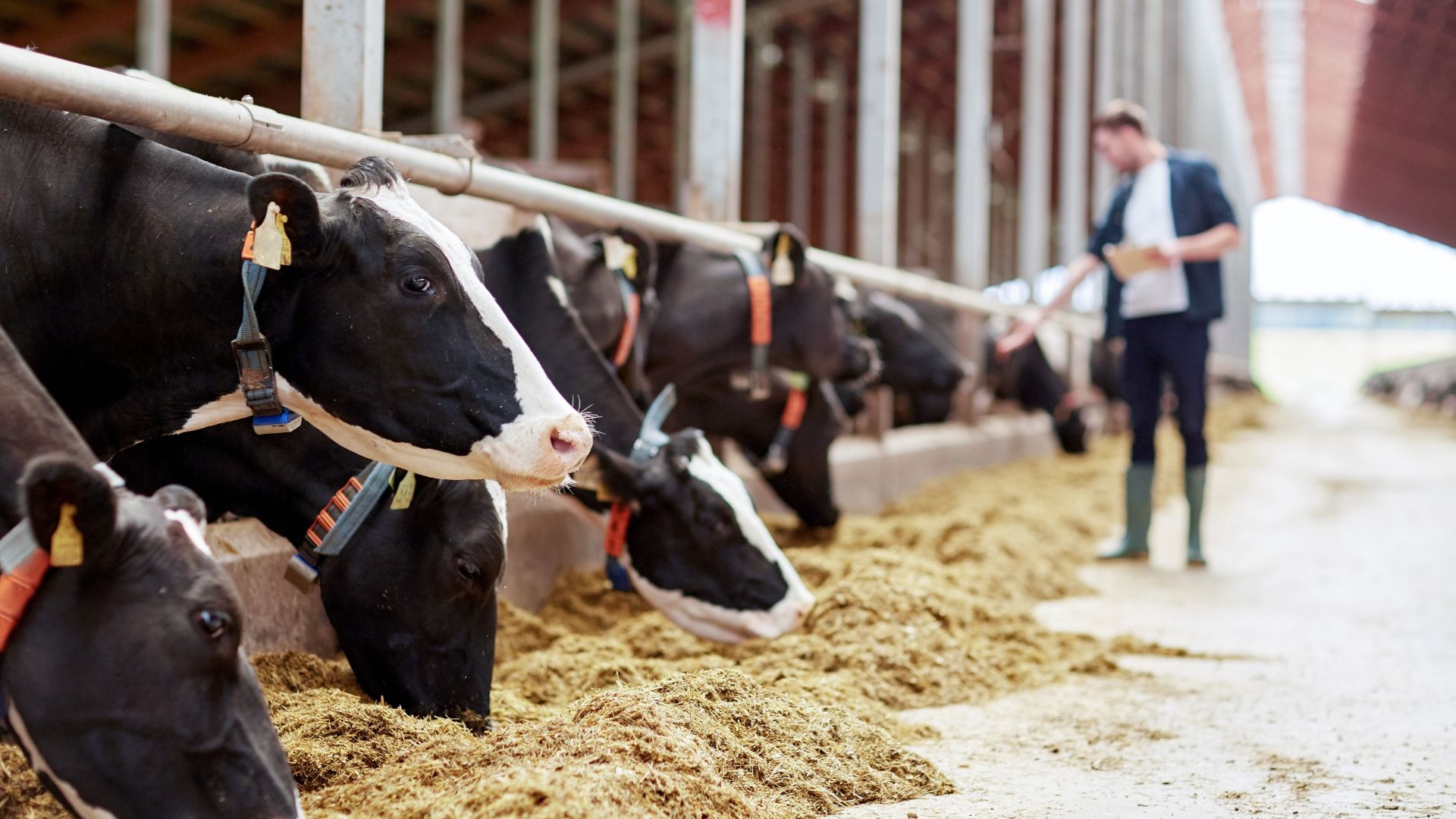
The few outbreaks associated with pasteurized milk can usually be traced to contamination after pasteurization.
Properly handled pasteurized milk is very safe. The U.S. government requires farmers to destroy milk from herds infected with avian influenza. As of June 2024, 12 states have reported herds positive with H1N5, the virus causing bird flu.
Pasteurization Can Destroy H5N1
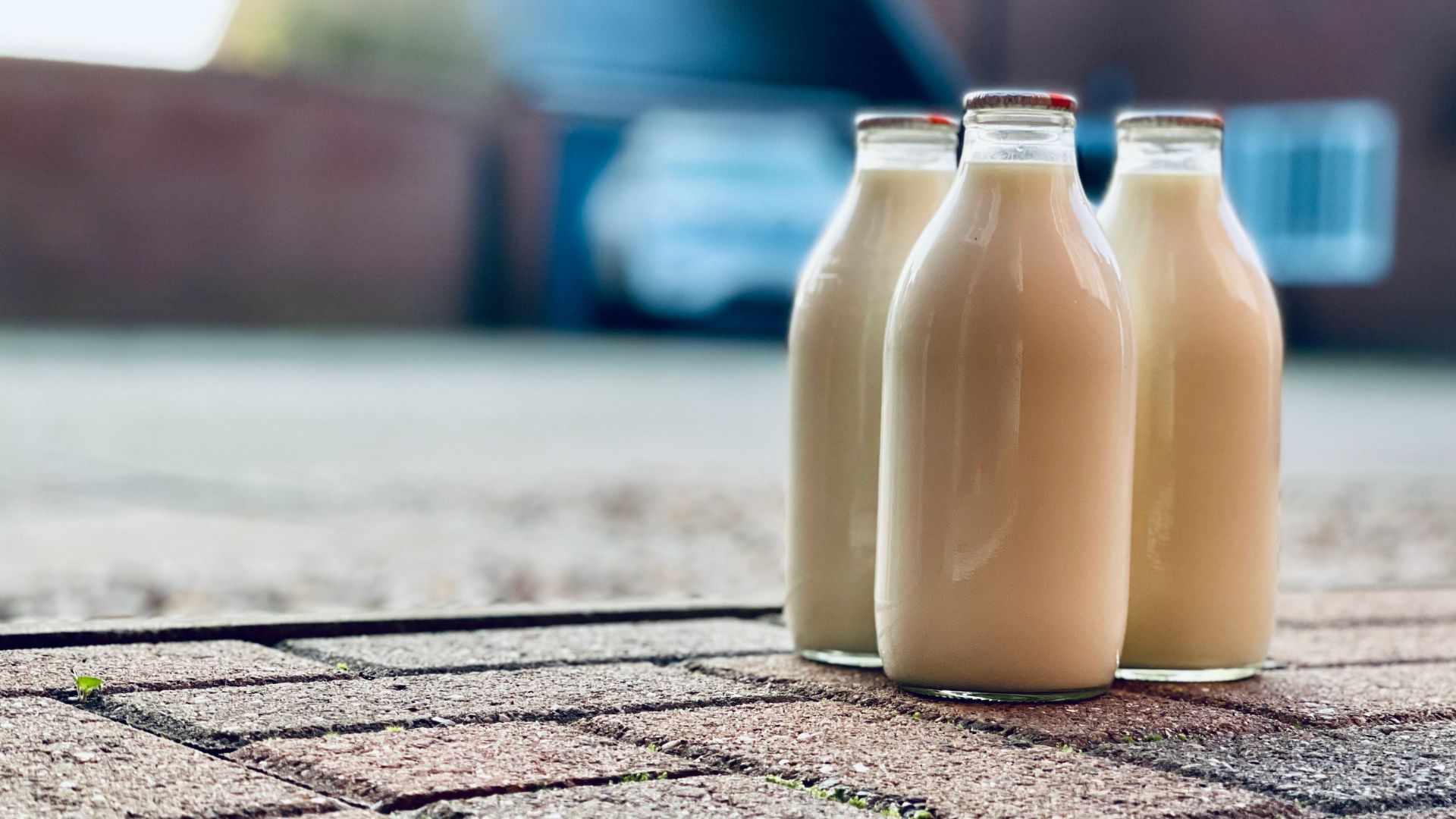
There is no evidence that consuming pasteurized milk from infected cows causes illness in people. According to the FDA, pasteurization can destroy or inactivate heat-sensitive viruses like H5N1 in milk. However, consuming raw milk poses a risk of disease transmission.
Some believe that drinking raw milk can strengthen the immune system, but there is no scientific evidence supporting this.
Potential Widespread Disease Outbreaks

Vaccines train the body to protect itself from future infections without causing illness by exposing the immune system to small amounts of dead or weakened pathogens. Raw milk containing live H5N1 virus can infect and make you sick.
Instead of boosting immunity, raw milk exposes you to the virus at full strength, potentially causing severe illness. Any protective antibodies in raw milk are likely degraded by stomach acid. Moreover, people who contract bird flu from raw milk risk transmitting it to others, increasing the chance of widespread disease outbreaks.








































